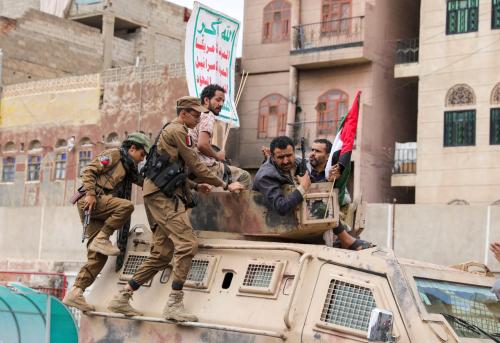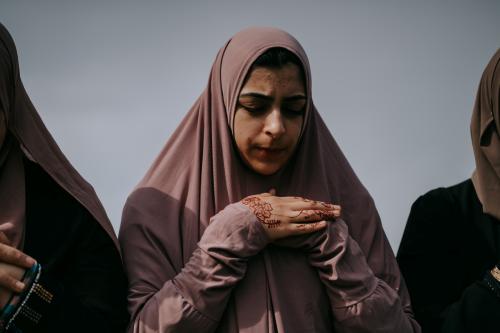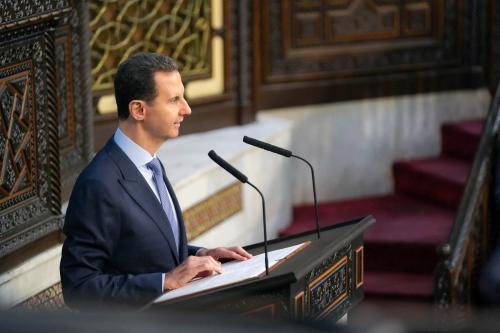This morning Iranian President Hassan Rouhani landed in Muscat, the capital of Oman, for his first official visit to an Arab state. Flanked by a high-ranking delegation of ministers, Rouhani was officially welcomed by the Sultan of Oman, Qaboos bin Said, at his palace on the shores of the Gulf of Oman.
Despite this visit being Rouhani’s first to an Arab state, this is not the first time the two leaders have met. In late August, Qaboos was the first head of state to meet with Rouhani after becoming president, in a three-day visit widely believed – although officially denied – by Qaboos to offer to act as a mediator between Iran and the United States on talks about the Islamic Republic’s controversial nuclear program. Despite those denials, Qaboos played a key role in bringing Washington and Tehran to the negotiating table.
Over the years, the sultanate has quietly acted as a conduit between the US and Iran, acting as diplomatic mediator on a number of disputes.
Perhaps most well-known in America, Oman paid a $1m bond to secure the release of American hikers Joshua Fattal and Shane Bauer in 2011, after they were arrested by Iran in 2009 and sentenced to eight years in prison after being convicted of spying. A third hiker, Sarah Shourd, was released in September 2010 on medical and humanitarian grounds after Oman paid her $500,000 bail.
In April 2013, Omani authorities worked with the U.S. government to secure the release of Iranian scientist Mojtaba Atarobi, who had been held in California for more than a year on charges of violating U.S. sanctions. Oman provided the scientist, a microchip expert at Tehran’s Sharif University, with medical attention upon arriving in Muscat.
Since the Shah of Iran provided troops to help Qaboos crush a rebellion in Oman’s Dhofar province in 1973, Oman has retained close ties with the country – even after its Arab neighbors shunned Iran after Ayatollah Khomeini deposed the Shah and took power in 1979.
Despite the diplomatic undertones on the two-day visit, it will officially focus on boosting economic cooperation between the two countries, which has already increased in recent months. The two countries signed a $60b deal in December 2013 for Oman to import Iranian gas. High-level talks over an Iran-Oman-India gas pipeline have resumed, and recent press reports have even suggested that plans are in place for a bridge linking the two countries across the Strait of Hormuz.
Although a bridge is deemed unlikely by regional observers and analysts – as well as being denied by Oman – the symbolism of the two countries building stronger ties as Iran prepares to come in from the cold cannot be ignored.
Speaking to Iranian press, Rouhani emphasized Iran’s growing part in regional cooperation. “The sensitivity of the Strait of Hormuz waterway adds special importance to the southern littoral countries of the Persian Gulf and the Sea of Oman.”



Commentary
President Rouhani’s Visit to the Sultanate of Oman
March 12, 2014